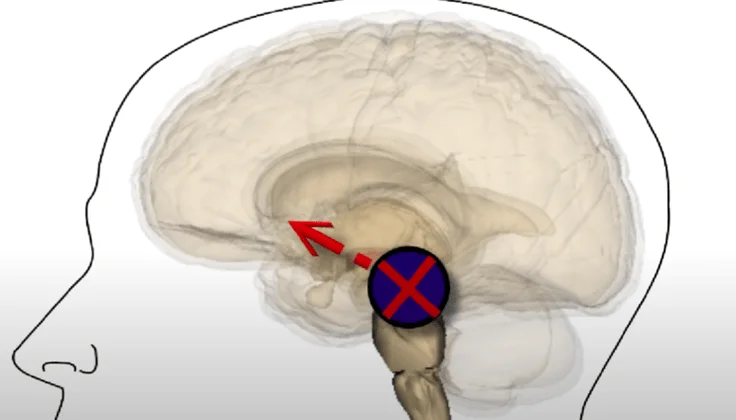
This concise information about the cause of Parkinson’s disease, diagnosis and treatment is from a handout that I give to my clinic patients.
I hope it helps you.
You can download the original PDF by clicking here: [Parkinsons Patient Information Handout]. Its free for use and distribution.
For more extensive information, you can read the complete Parkinson’s Patient Guide.
Table Of Contents
- What is Dopamine?
- What is Parkinson’s Disease?
- Which movement problems are seen in Parkinson’s disease?
- Are any other problems seen in Parkinson’s disease?
- How is Parkinson’s disease diagnosed?
- What is a f-DOPA scan?
- What is the treatment for Parkinson’s disease?
- Why are there so many other medications?
- When is Deep brain stimuation (DBS) done?
- Why don’t many people get DBS?
- Are there some Medications I should avoid?
- Any other instructions?
- Parkinson’s Diary
- Dr. Siddharth Kharkar
- NeuroPlus Epilepsy & Parkinson’s Clinic – Dr. Kharkar
What is Dopamine?
There is a small part at the back of our brain. It is called the midbrain.
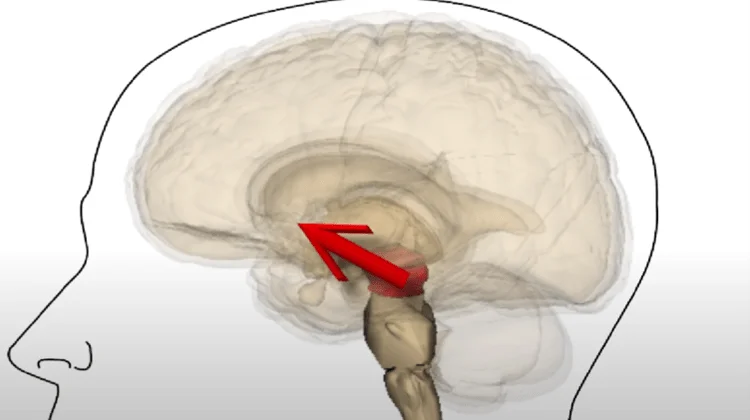
The cells in the midbrain produce a chemical called Dopamine.
Dopamine goes from the back to the front of the brain, and it helps in maintaining a good mood and proper movement.
What is Parkinson’s Disease?
In some people, the midbrain cells slowly decrease in number.
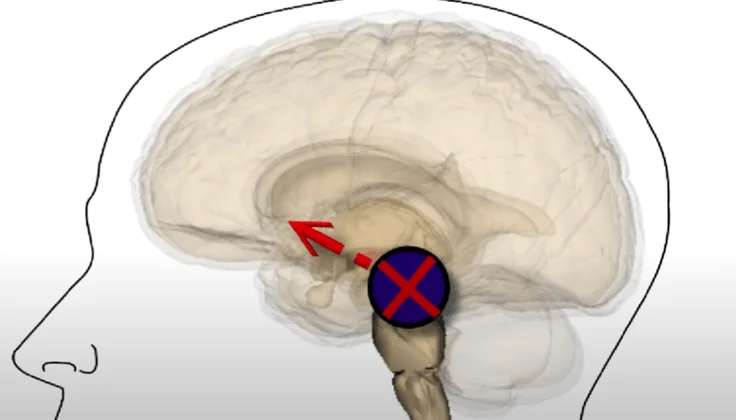
The amount of Dopamine in the brain becomes low. People find it difficult to move due to low Dopamine.
This problem is called “Parkinson’s Disease”.
Which movement problems are seen in Parkinson’s disease?
Low dopamine produces 3 main problems:
- Shaking of hand or leg (Tremor)
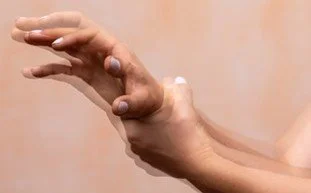
- Slowness of all movements including walking, talking, dressing & facial movements.
- Stiffness of the hands, legs or back
Are any other problems seen in Parkinson’s disease?
Yes, many. You may not realise that these problems are due to Parkinson’s disease.
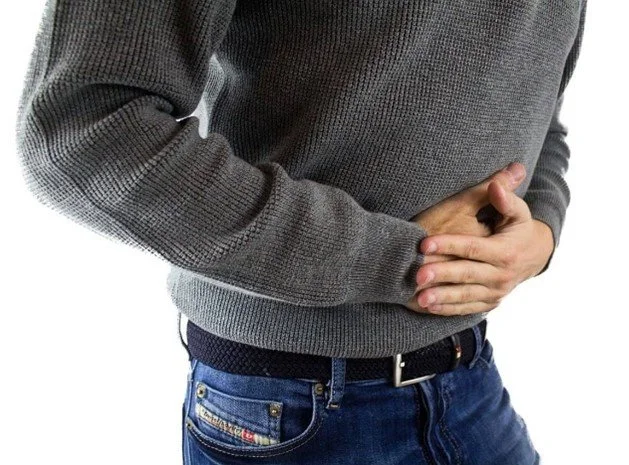
- Constipation
- Trouble smelling food
- Talking/shouting while sleeping.
- Depression, Anxiety, hallucinations.
- Excessive sleepiness during the day.
- Trouble swallowing food
- Sexual dysfunction
- Abnormal sweating
- Trouble breathing
- Feeling lightheaded on standing up.
How is Parkinson’s disease diagnosed?
Parkinson’s disease is usually diagnosed based on your symptoms and your physical examination.
I and many other doctors order some basic tests including an MRI of the brain and blood tests. These tests are usually normal.
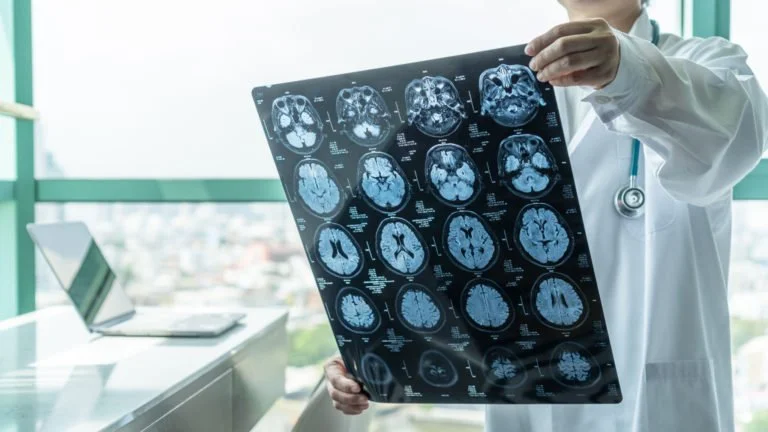
A very high resolution MRI (3T) can sometimes demonstrate the decrease in midbrain cells.
What is a f-DOPA scan?
The exact test to diagnose Parkinson’s disease is called “f-DOPA scan” (or TRODAT scan).
This test measures the exact amount of dopamine in the brain.
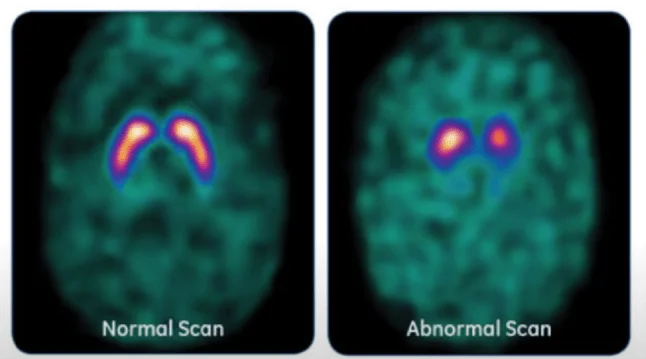
But this test is very expensive (Rs 20-30,000). It is done only when the diagnosis is unclear. Perhaps it is needed in 2 in every 100 patients.
What is the treatment for Parkinson’s disease?
The treatment is very simple. We give the patient extra dopamine.
The type of dopamine that can be given by mouth is called Levodopa. Levodopa is converted into Dopamine inside the brain.
Levodopa is a cheap, safe and extremely effective medication.
A few brand-names in India are: Syndopa plus, Tidomet, LCD, Sinement etc.
Why are there so many other medications?
As Parkinson’s progresses, your symptoms will change.
These symptoms are controlled by combining medications.
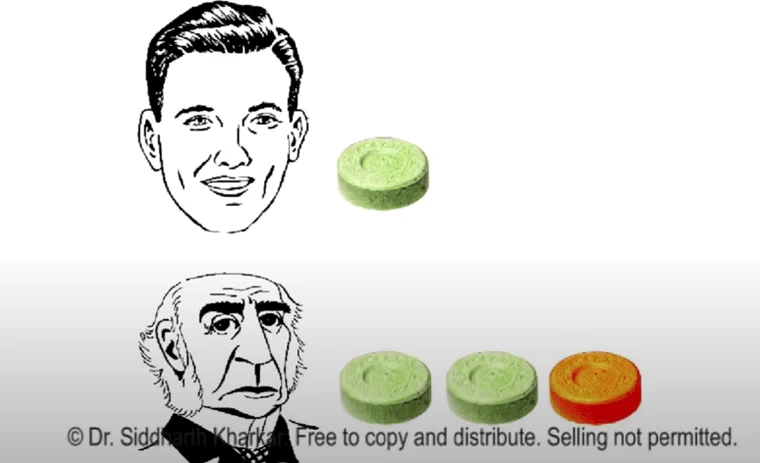
For example:
- If the effect of levodopa goes away after a few hours, then a medication called “entacapone” may be added.
- If you have excessive disco-like movements due to levodopa, these are called “dyskinesias”. “Amantadine” may be added.
There are many such examples.
When is Deep brain stimuation (DBS) done?
In some people, it becomes difficult to manage symptoms using only medications.
This usually happens many, many years after diagnosis. At this stage, a surgery called Deep Brain Stimulation (DBS) can be done.
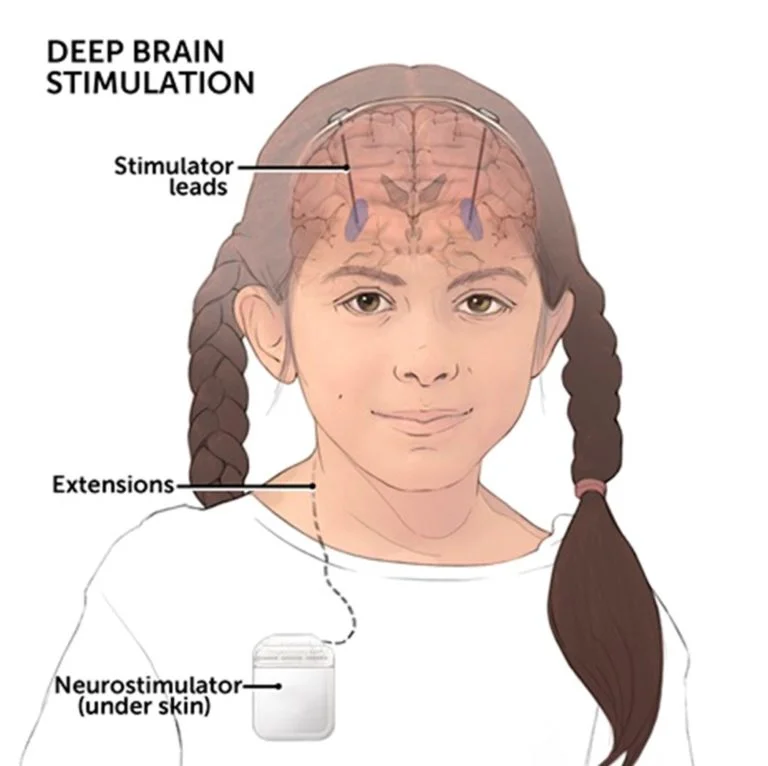
Two small very thin wires are placed in your head. These wires are connected to a battery. The battery is placed below the skin.
DBS is a relatively safe, very effective treatment for late stage Parkinson’s Disease.
I will tell you if it is time to consider DBS. In some people, DBS is not required at all. You can also discuss it with me at any time.
Why don’t many people get DBS?
I think there are 4 reasons:
A major problem is cost.
Unfortunately, the DBS device is not manufactured in India. Hence it is expensive.
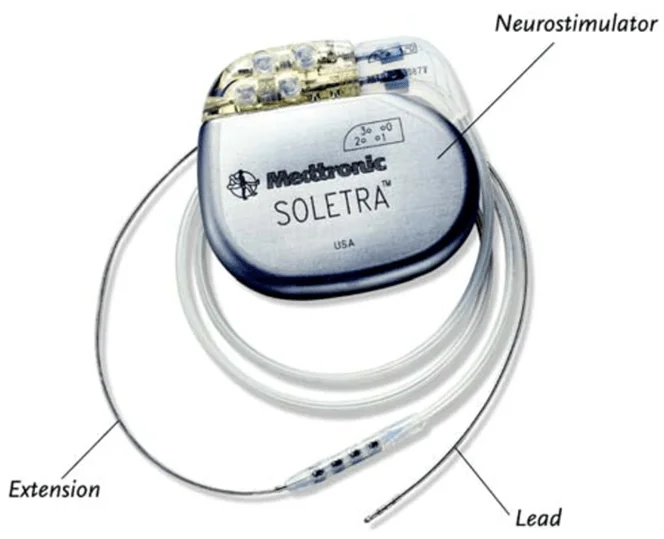
Some people are scared of any kind of surgery.
DBS is a brain surgery, but only two small holes to put two wires are done on the skull. It is a relatively safe surgery.
Many people want a guarantee.
There is nothing like a “100% guarantee” in medicine. But DBS benefits most people with Parkinson’s disease.
Many people have never heard about DBS.
Now you have!
Are there some Medications I should avoid?Are there some Medications I should avoid?
Certain medications decrease dopamine levels in the brain. They make Parkinsonism worse.
Try to show me any medications prescribed by other physicians before taking them, unless it is an emergency.
| Medication Category / Use | Examples |
|
Many medications used for psychiatric issues such as schizophrenia. Sometimes also given for “good sleep” & depression. |
Haloperidol, Risperidal, Olanzapine, Aripiprazole, Trifluoperazine and many more. Clozapine and Quetiapine usually do not cause problems. |
| Some medications for mood and depression | Fluphenazine, Tranylcypromine, Rarely, Lithium |
| Some anti-nausea medications |
Metoclopramide, Levosulpiride (Most problematic medication). High doses of domperidone about 30-40 mg/day, Flunarazine, rarely cinnarizine |
| Some heart and blood pressure medications | Amiodarone, Methyldopa |
Any other instructions?
- Show me all the medications you are taking. All medications, for any condition.
- Take your Parkinson’s medications at the exact same time every day.
- Take levodopa on an empty stomach. No food 30 minutes – and if possible 1 hour before and after taking levodopa.
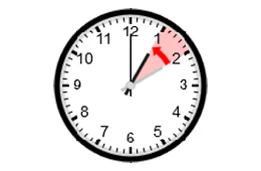
- Take levodopa with one full glass of water.
- Before coming for follow-up visits, please fill out the diary for at least 2 days.
Parkinson’s Diary
Take 5-6 xerox copies of the Parkinson’s diary page. You can download blank forms from drkharkar.com
Before coming for follow-up visits, please fill out the diary for at least 2 days.
Please use the following words.
- OFF = When your symptoms are present/severe.
- ON = When your symptoms are better.
- DYSKINESIA: Excessive and abnormal movements, like a disco dance.
Make many Xerox-copies of this blank table, and write in those xerox copies.
Keep the original blank for reuse.
| Sleeping? | Took Levdopa? (Note time) | What was your status? | How were you functioning?0 = Worst 3 = Best | Other problemse.g. Constipation, could not wear clothes, nightmares, shouting etc | |
| Midnight – 4 AM | □ ON □ ON with dyskinesias□ OFF | 0 1 2 3 | |||
| 5 AM – 6 AM | □ ON □ ON with dyskinesias□ OFF | 0 1 2 3 | |||
| 6 AM – 7 AM | □ ON □ ON with dyskinesias□ OFF | 0 1 2 3 | |||
| 7 AM – 8 AM | □ ON □ ON with dyskinesias□ OFF | 0 1 2 3 | |||
| 8 AM – 9 AM | □ ON □ ON with dyskinesias□ OFF | 0 1 2 3 | |||
| 9 AM – 10 AM | □ ON □ ON with dyskinesias□ OFF | 0 1 2 3 | |||
| 10 AM – 11 AM | □ ON □ ON with dyskinesias □ OFF | 0 1 2 3 | |||
| 11 AM – 12 | □ ON □ ON with dyskinesias□ OFF | 0 1 2 3 | |||
| 12 Noon – 1 PM | □ ON □ ON with dyskinesias□ OFF | 0 1 2 3 | |||
| 1 PM – 2 PM | □ ON □ ON with dyskinesias□ OFF | 0 1 2 3 | |||
| 2 PM – 3 PM | □ ON □ ON with dyskinesias□ OFF | 0 1 2 3 | |||
| 3 PM – 4 PM | □ ON □ ON with dyskinesias□ OFF | 0 1 2 3 | |||
| 4 PM – 5 PM | □ ON □ ON with dyskinesias□ OFF | 0 1 2 3 | |||
| 5 PM – 6 PM | □ ON □ ON with dyskinesias□ OFF | 0 1 2 3 | |||
| 6 PM – 7 PM | □ ON □ ON with dyskinesias□ OFF | 0 1 2 3 | |||
| 7 PM – 8 PM | □ ON □ ON with dyskinesias□ OFF | 0 1 2 3 | |||
| 8 PM – 9 PM | □ ON □ ON with dyskinesias□ OFF | 0 1 2 3 | |||
| 9 PM – 10 PM | □ ON □ ON with dyskinesias□ OFF | 0 1 2 3 | |||
| 10 PM – 11 PM | □ ON □ ON with dyskinesias□ OFF | 0 1 2 3 | |||
| 11 PM – Midnight | □ ON □ ON with dyskinesias□ OFF | 0 1 2 3 |
Keywords – Causes Parkinson’s disease, symptoms of parkinsons disease, i cured my parkinsons disease, how to prevent parkinsons disease, parkinsons disease causes symptoms and treatment, what causes parkinsons disease dopamine, how to test yourself for parkinsons, treatment of parkinsons disease
Caution: This information is not a substitute for professional care. Do not change your medications/treatment without your doctor’s permission.
